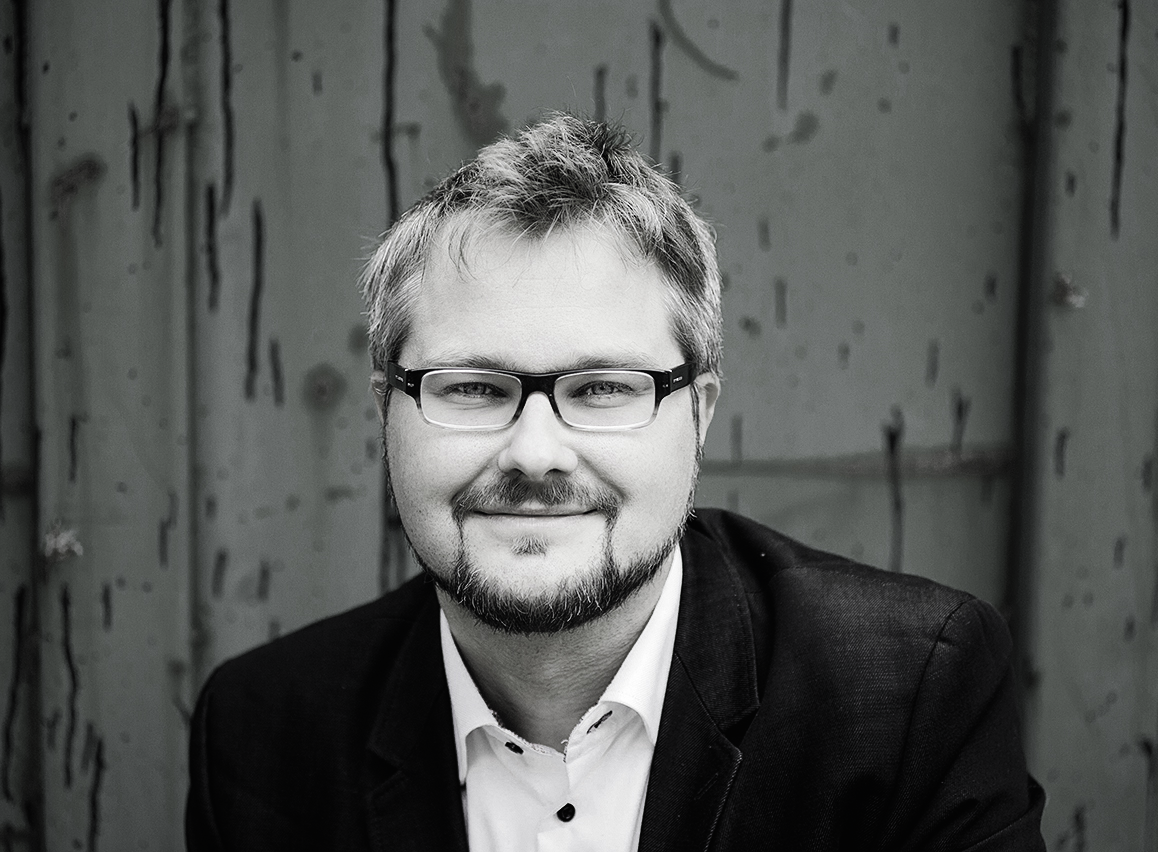Sid Kabaso’s story could be summed up by saying that scarce rains allowed Nocart to enter the Zambian market. The longer version of the story takes us back to summer 2015. At that time, the noise from diesel generators in Lusaka’s wealthiest areas drowned out the buzz of insects that usually fills the night in Africa. Power outages lasted for eight hours a day.
The interior countries of southern Africa were suffering from the worst drought in memory. For example, the hydropower plants on the great Zambezi River were running at reduced power and, since the country produced more than 90% of its electricity with hydropower, the outcome was restrictions on electricity. More fossil fuels were being used in the power plants at Zambian copper mines, which are some of the country’s largest electricity consumers.
According to Kabaso, the crisis helped Zesco, the national electricity utility, understand how vulnerable the country’s electricity generation was. And that vulnerability will only increase: although the connection between individual droughts and climate change has not been proven, it is clear that climate change increases extreme weather phenomena, such as drought.
So far, the most concrete change in Zambian electricity generation has been doubling the capacity of one coal-burning power plant from its current 350 megawatts. There are no industrial, or utility-level, renewable energy generation plants in the country, but there is some small-scale solar power operating off the electricity grid.
Kabaso is certain that Nocart will deliver the first large renewable energy plant to Zambia: after all, the company was the first to convince Zesco that its systems can provide a steady current for the grid.
The company already has contracts for two large solar hybrid power plants. One of these is associated with a mega-sized project: the delivery of an electricity generation solution for a 2.7 billion-dollar sugarcane plantation close to the Angolan border in rural western Zambia. When the sun is not shining, the energy source will be biomass, in this case, leftover plant parts from the plantation process.
The value of the Nocart contract is 180 million euros for a 100-megawatt hybrid power plant being delivered in two parts, which is just a small part of the total sum. However, the plant will be very important to the profitability of the sugarcane plantation. The plan is to sell about half of the electricity produced at a high kilowatt hour price across the border to Angola. The area on both sides of the border is currently off the electricity grid and the project will require construction of a transmission network over 15 kilometres of swampy land from Zambia to Angola.
The scale of this project is huge, even in Zambian conditions. The budget is twice as big as that of the Äänekoski bioproduct mill, which was a major investment decision followed anxiously by the whole of Finland a short while ago. Who is prepared to invest so much in a country like Zambia, which has a very low credit rating, and in Nocart’s customer PADIC Sugar?
No one knows the answer to that question because the investors have not gone public or even put their money on the table. Preliminary cultivation work has been done at the future plantation, but Nocart has not begun deliveries or received an advance payment for the project even though the deal was announced 14 months ago.
Nocart’s managing director Vesa Korhonen is confident about the project, and he does not consider the implementation delays to be dramatic in any way: “After all, construction of Olkiluoto 3 is now 10 years behind schedule. When evaluating the Zambian project, it’s a good idea to remember that it’s equivalent to more than 10% of the whole country’s gross national product.”
















Recommended
Have some more.